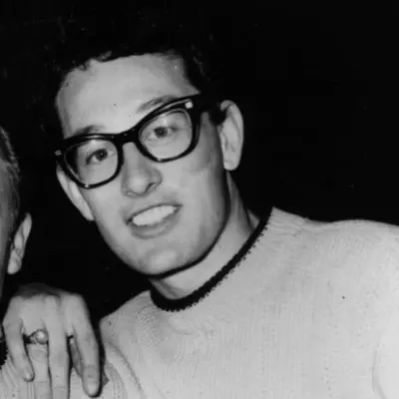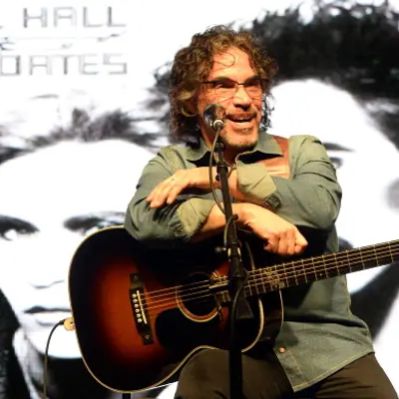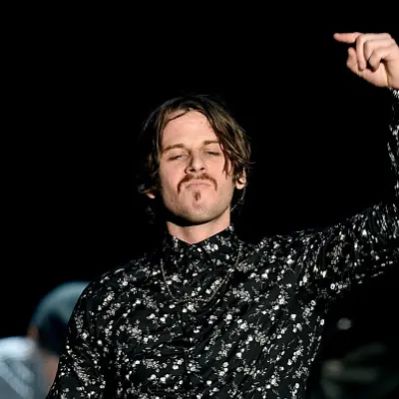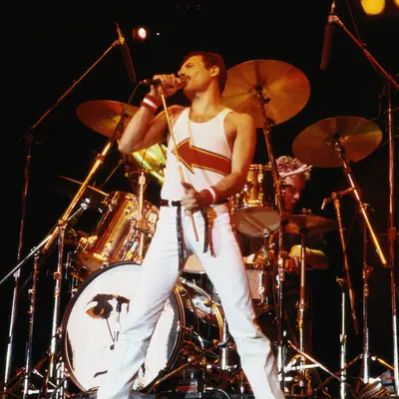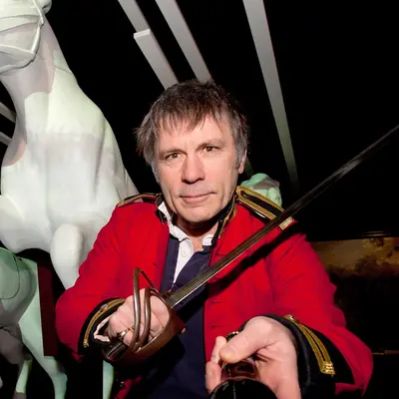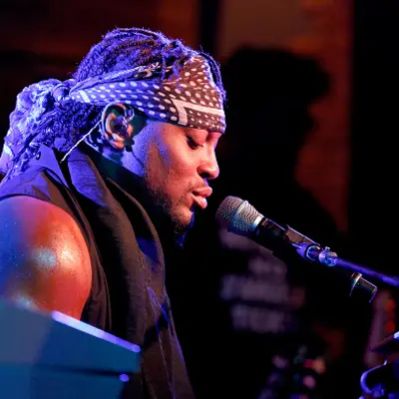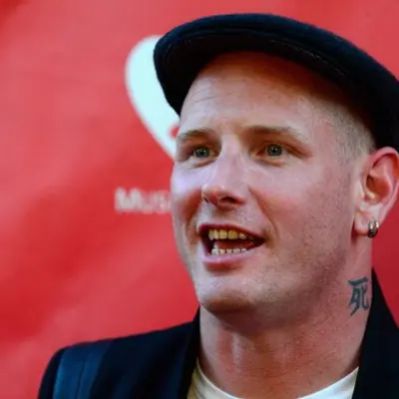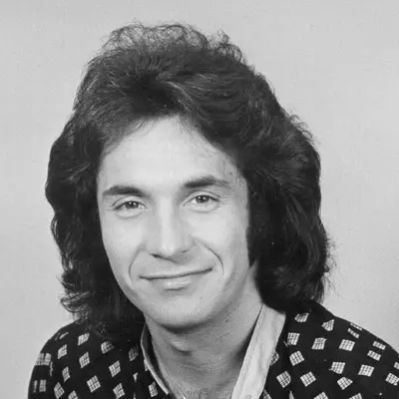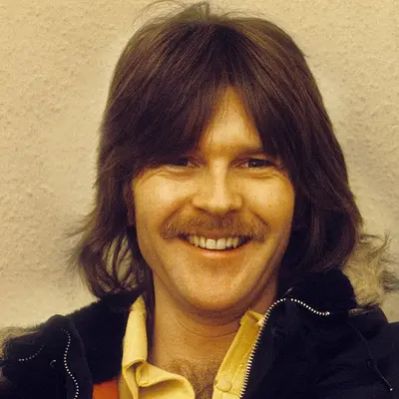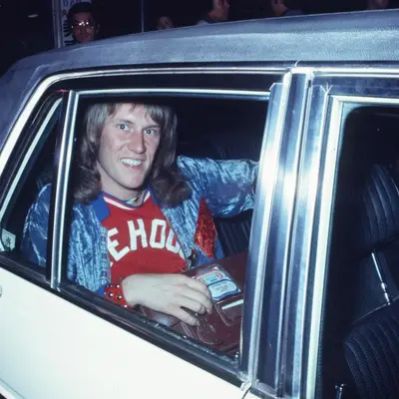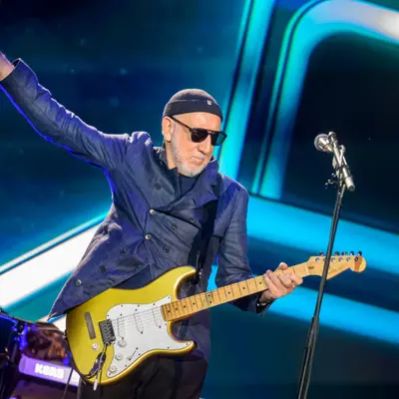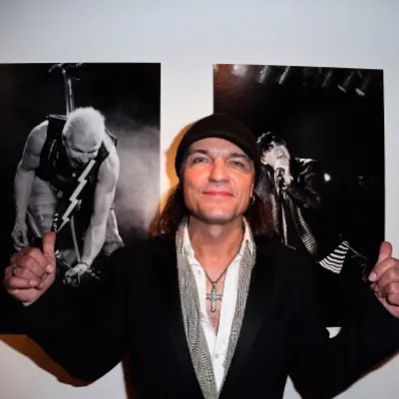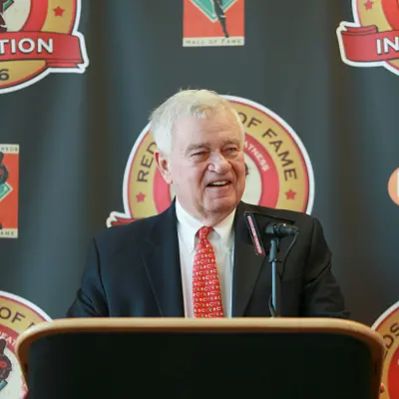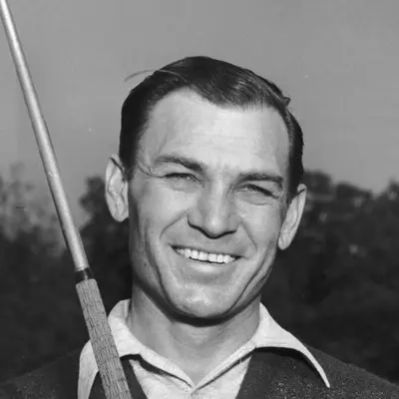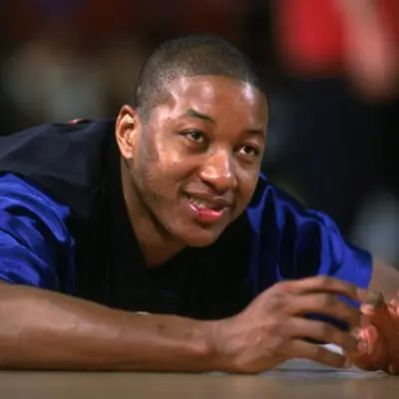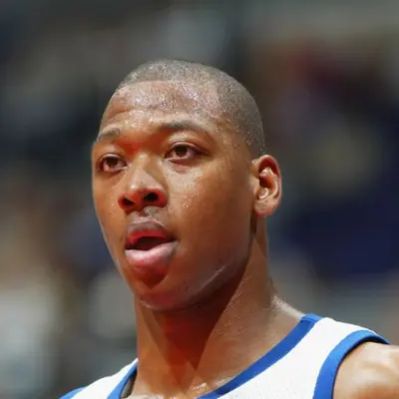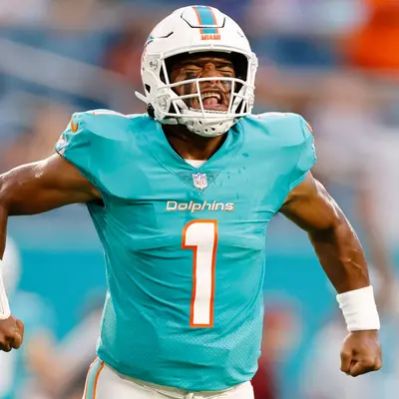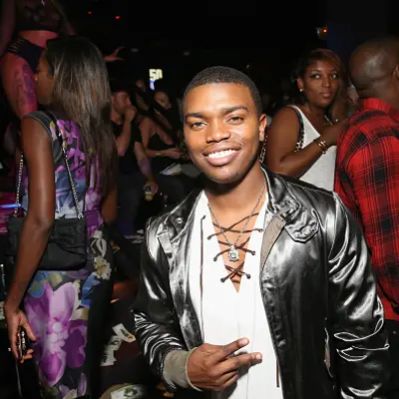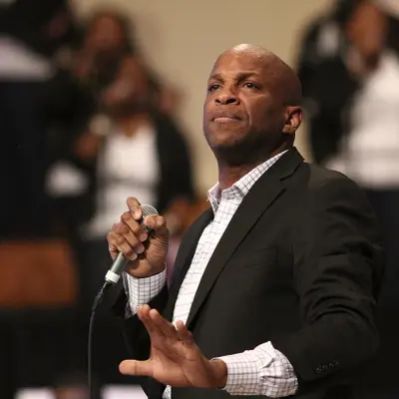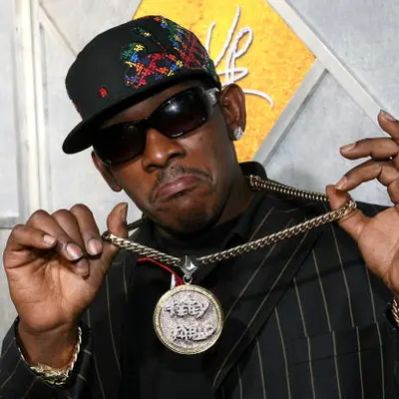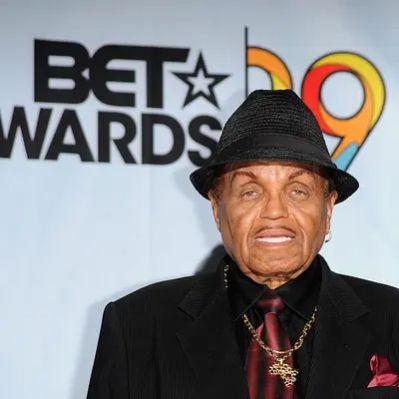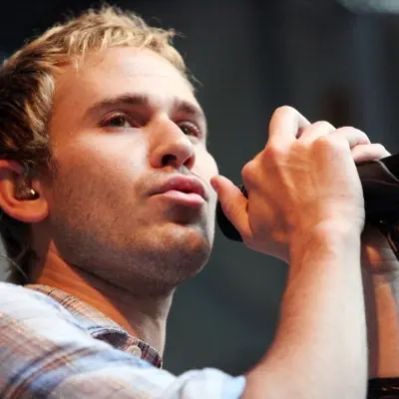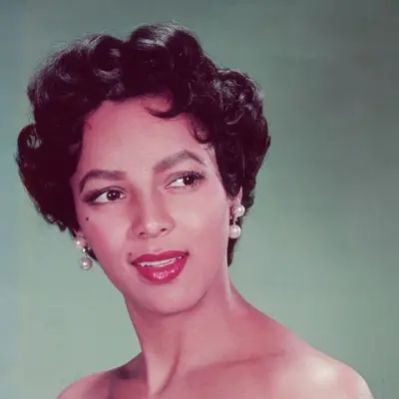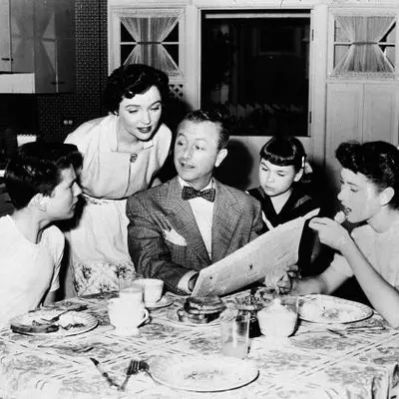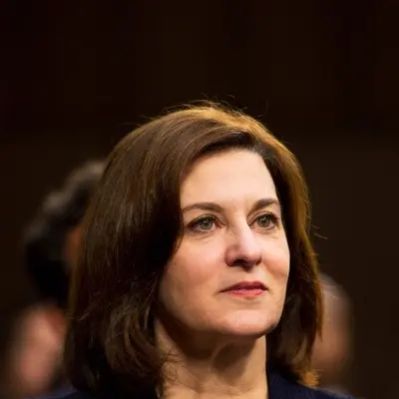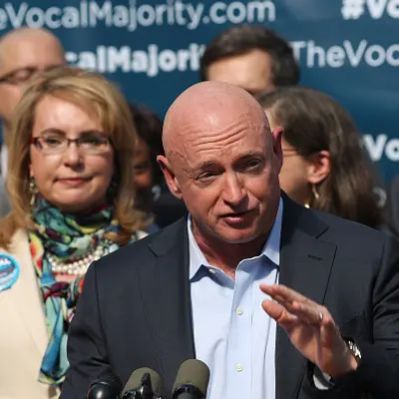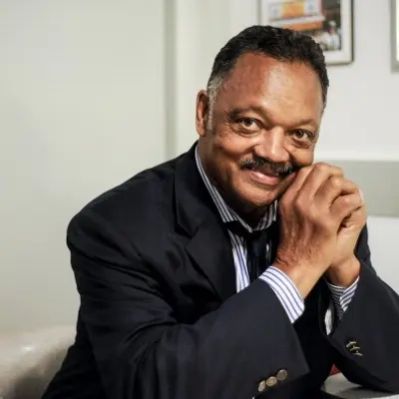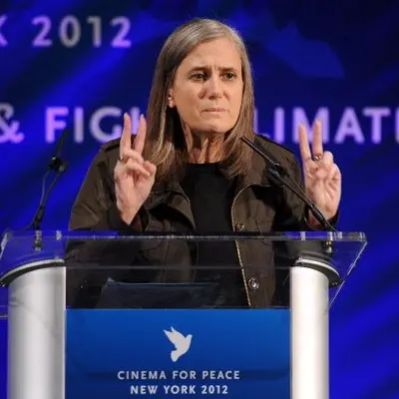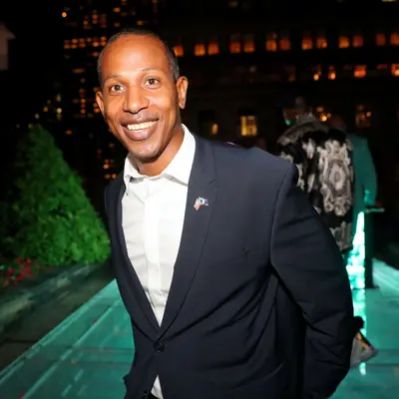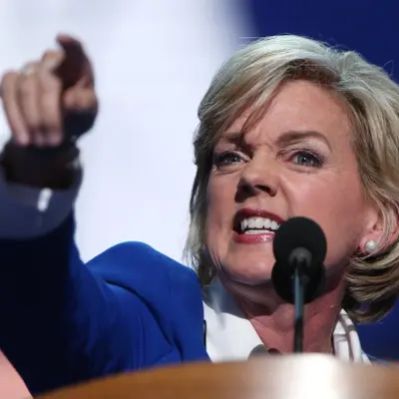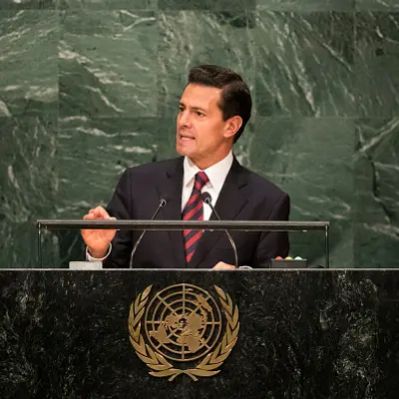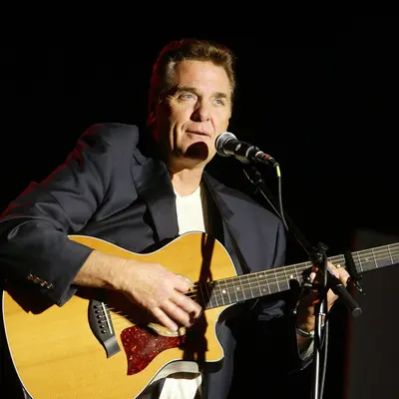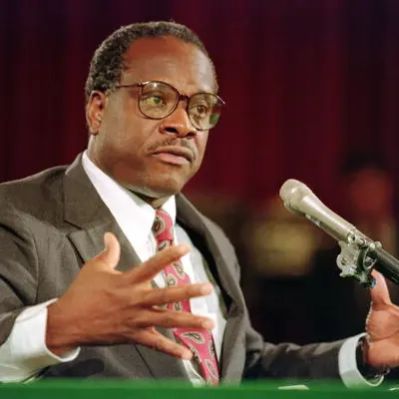What Was Buddy Holly’s Net Worth?
At the time of his death on February 3, 1959, Buddy Holly’s net worth was estimated to be $1 million. This figure reflects his earnings from record sales, songwriting royalties, and concert performances during his brief but impactful career. It is important to note that this is an approximate value, unadjusted for inflation and calculated based on available financial records and industry standards of the time.
Early Life and Career Beginnings
Charles Hardin Holley, known as Buddy Holly, was born on September 7, 1936, in Lubbock, Texas. He lived with his parents, Ella Pauline Drake and Lawrence Odell “L.O.” Holley, and his three siblings, Larry, Travis, and Patricia. The family resided in Lubbock, where Holly spent his formative years. He attended Roscoe Wilson Elementary, where he first met Bob Montgomery, marking the start of their musical partnership. Holly’s early musical education included brief piano lessons at age 11, but he quickly switched to the guitar, an instrument his brother Travis taught him to play. He graduated from Lubbock High School in 1955, a pivotal year in which he committed to pursuing music professionally full-time.
In 1955, Holly’s career gained momentum when he opened for Elvis Presley on multiple occasions. This exposure led to the formation of his band, which included Larry Welborn on stand-up bass and his high school friend Jerry Allison on drums. Their performance in October 1955 opening for Bill Haley & His Comets caught the attention of Nashville scout Eddie Crandall, resulting in a contract with Decca Records in February 1956. Although his name was misspelled as “Holly” instead of “Holley” in the contract, this marked a significant step in his professional journey. The Decca contract led to the release of several singles, including “Blue Days, Black Nights” and “Modern Don Juan,” though these initial releases did not achieve significant commercial success, leading to Decca’s decision not to renew his contract.
The Rise of The Crickets and Solo Success
After being dropped by Decca, Holly and Allison joined forces with rhythm guitarist Niki Sullivan and bassist Joe B. Mauldin. They recorded a demo of “That’ll Be the Day” at Norman Petty’s studio, who later became their manager. This demo was sent to Brunswick Records, which released it under the name The Crickets with “I’m Looking for Someone to Love” as the B-side. Released in May 1957, the single soared to #1 on the “Billboard” Hot 100 chart and the UK Singles Chart, and #2 on the “Billboard” Rhythm & Blues chart. The Crickets’ album, “The ‘Chirping’ Crickets,” was released in November 1957 and peaked at #5 on the UK Albums Chart. In September 1957, Holly’s solo single “Peggy Sue” / “Everyday” was released, reaching #3 on the “Billboard” Hot 100 and Rhythm & Blues charts, and #6 on the UK Singles Chart.
Buddy Holly’s self-titled solo album was released in March 1958, featuring “Peggy Sue” as one of Billboard’s top 50 pop singles of the year, ranking at #50. In April 1958, the album “That’ll Be the Day,” credited to Buddy Holly and the Three Tunes, reached #5 on the UK Albums Chart. These releases significantly contributed to his earnings through record sales and royalties. The exact sales figures and royalty rates for these records are not fully available, but their chart success indicates substantial income for the time.
Posthumous Releases and Enduring Legacy
Following his death in February 1959, the compilation album “The Buddy Holly Story” was released, achieving Gold certification and reaching #2 on the UK Albums Chart and #11 on the “Billboard” 200 chart. “The Buddy Holly Story, Vol. 2” followed in April 1960, peaking at #41 in the U.S. and #7 in the U.K. Singles from these albums, such as “It Doesn’t Matter Anymore,” topped the UK singles chart, and “Think It Over” and “Heartbeat” / “Well… All Right” became top 10 hits on the “Billboard” Rhythm & Blues chart.
The continuous release of new singles and albums for a decade after his death, largely produced by Norman Petty using amateur recordings, unreleased studio masters, audition tapes, and alternate takes, highlights the enduring value of his music. The 1969 album “Giant” was the final “new” album of Holly’s material, reaching #13 on the UK Albums Chart. While precise sales figures for these posthumous releases are difficult to obtain, their chart performance indicates a continued stream of income contributing to his estate.
Personal Life and Relationships
Buddy Holly married María Elena Santiago, a receptionist at Peermusic, on August 15, 1958. Their wedding took place at Lubbock’s Tabernacle Baptist Church. In honor of his wife, Holly named his publishing company Maria Music. More than 50 years after his death, María Elena Santiago and Peter Bradley co-founded the Buddy Holly Educational Foundation to promote musical education, including songwriting, production, arranging, orchestration, and performance education. This foundation, while not directly impacting his net worth at the time of his death, underscores the lasting impact and financial viability of his legacy.
The Winter Dance Party Tour and Tragic Death
In January 1959, Buddy Holly embarked on the Winter Dance Party tour with Waylon Jennings, Carl Bunch, and Tommy Allsup. Due to problems with the unheated tour buses, Holly chartered a small plane to travel from Clear Lake, Iowa, to Moorhead, Minnesota. Ritchie Valens and J. P. Richardson (the Big Bopper) ended up on the plane instead of Jennings and Allsup. The plane crashed in an Iowa cornfield just before 1:00 a.m. on February 3, 1959, killing everyone on board. His funeral took place at Lubbock’s Tabernacle Baptist Church on February 7th, and he was laid to rest in the City of Lubbock Cemetery. His headstone features musical notes and a carving of his signature Fender Stratocaster guitar.
The Winter Dance Party tour was intended to generate income through live performances, but the abrupt end due to the plane crash curtailed these potential earnings. The financial loss associated with the tour’s cancellation was significant, though the exact figures are not available.
Awards, Honors, and Lasting Influence
Buddy Holly was posthumously inducted into the Rock and Roll Hall of Fame (1986), the Songwriters Hall of Fame (1986), and the Iowa Rock ‘n’ Roll Hall of Fame (2000). He received Lifetime Achievement Awards from the Grammys and the National Academy of Recording Arts and Sciences in 1997, a star on the Music City Walk Of Fame in 2007, and a star on the Hollywood Walk of Fame in 2011. A statue of Buddy was erected at Lubbock’s West Texas Walk of Fame in 1980, and the Buddy Holly Center opened in Lubbock in 1999, followed by the Buddy Holly Hall of Performing Arts and Sciences in 2021. While these honors do not directly translate into monetary value, they enhance his legacy and influence, contributing to the enduring appeal of his music and potential revenue streams through licensing, merchandise, and other commercial ventures related to his name and likeness.
 Net Worth Ranker
Net Worth Ranker
